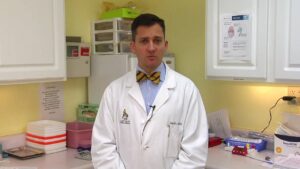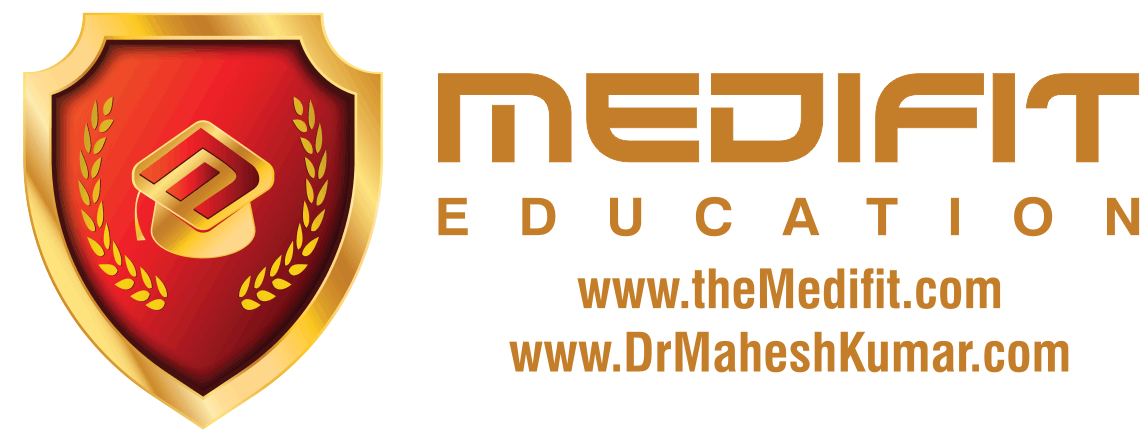In this video I give a very basic look at how food is used in the body. How the body uses carbs, protein, and fats. It can help you understand, to a small degree, how do people get fat, and why do people get fat. And hopefully an understanding of why you are what you eat. Transcript So, how does your body use food? Well, we have to look at the macronutrients, carbohydrates, proteins and fats. We are going to take a very basic look at this by starting with carbs. Essentially carbs are going to be used in 3 different ways. As immediate energy, as stored energy, or as stored fat. During the digestive process, carbs are converted to glucose, which is what cells use as energy. The liver sends this glucose into the bloodstream to be used as immediate energy for cells. Once the bloodstream has enough glucose in it, the liver takes the extra glucose and converts it to glycogen, which is a stored form of glucose energy. Glycogen gets stored in the liver and muscles, which combined can store about 2000 calories worth. Once the bloodstream is full and the glycogen tanks are full, the extra glucose or carbs are stored as fat in fat tissue. Now for proteins. Proteins are also going to be used in mainly 3 different ways. They are used to build stuff, used as energy, or stored as fat. During the digestive process proteins are broken down into their main components of amino acids. These amino acids can be used to make enzymes, hormones, build and maintain tissues, construct transport proteins, which transport fats throughout the body, and make antibodies, which help neutralize some bacteria and viruses in the body. If the body is low on fuel, it can convert proteins to energy. And, if the body doesn’t need to use protein for all of the situations just mentioned, it can be, through a lengthy process, converted to and stored as fat. Next up is fats. Fats are also going to be used in mainly 3 different ways. They are used as part of many cell membranes, they can be stored as energy in the liver or in fat tissue, and they can be used as energy in the form of keytones or through being converted to glucose. So, as you can see, you are what you eat. And that is the basics of how food is used in your body. So, don’t overeat
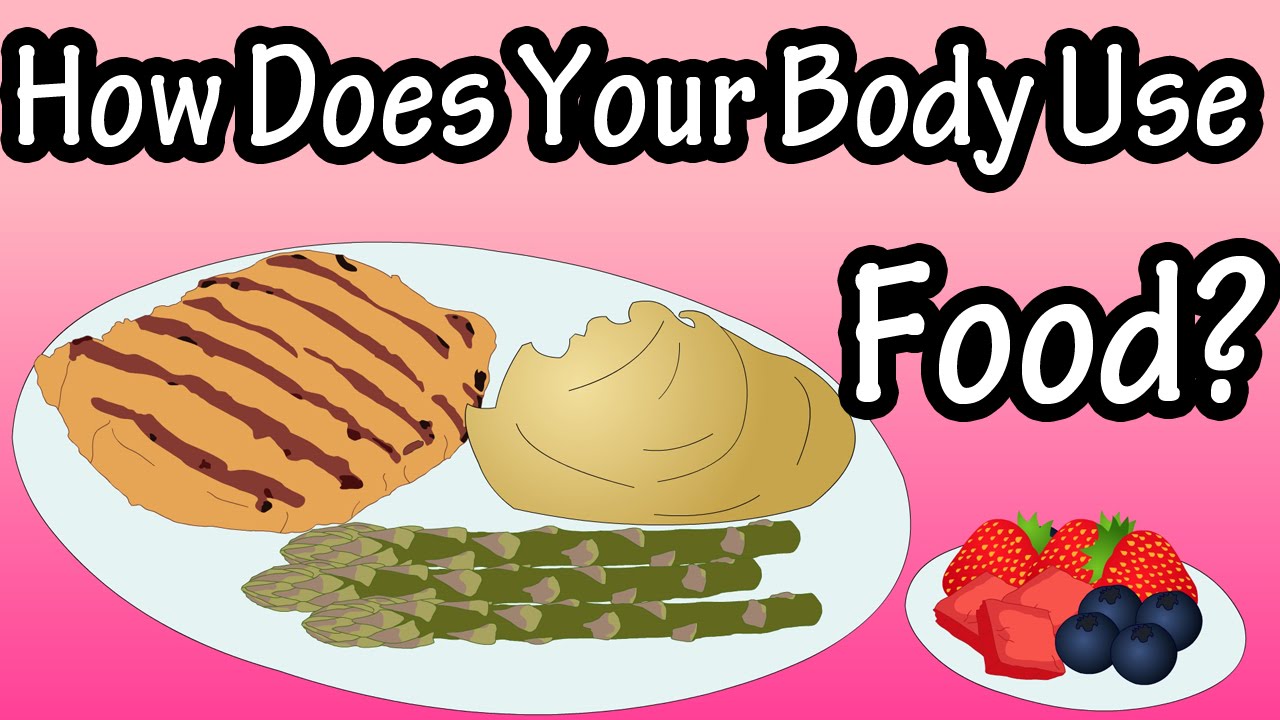
How The Body Uses Food – You Are What You Eat
- Post author:
- Post published:May 15, 2021
- Post category:Uncategorized
- Post comments:0 Comments
You Might Also Like
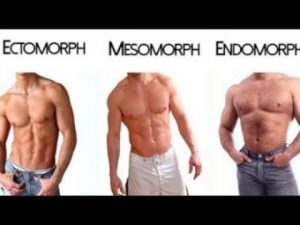
Ectomorph , Endomorph , Mesomorph ( The 3 Different Body Types )
Important Definition
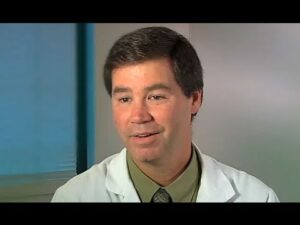
Sports Medicine Video – 3
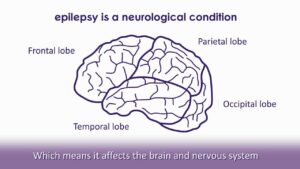
Epilepsy Video – 1
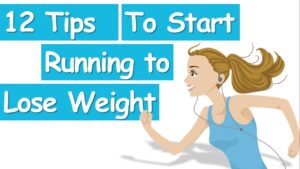
12 Tips To Start Running For Weight Loss, Fastest Way To Lose Weight

Should You Train to Failure (THE ANSWER!)
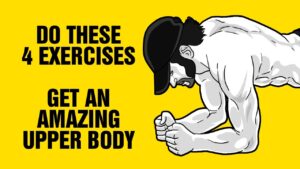
Build An Amazing Upper Body With This Push-Up Workout – Just 4 Exercises
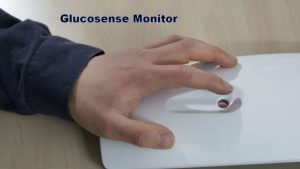
Glucosense ends finger pricking for people with Diabetes

Newborn Jaundice
Workout Nutrition
![Read more about the article Greenatr weight loss kit [animations video portfolio]](https://videos.drmaheshkumar.com/wp-content/uploads/2021/06/Greenatr-weight-loss-kit-animations-video-portfolio-300x169.jpg)
Greenatr weight loss kit [animations video portfolio]

Dr. Oz: Fat and Body Types

Good morning Exercise
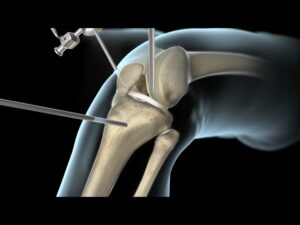
Sports Surgeries Video – 2
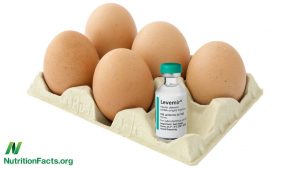
Eggs and Diabetes
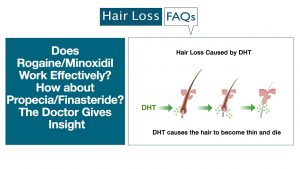
Does Rogaine/Minoxidil Work Effectively? How about Propecia/Finasteride?
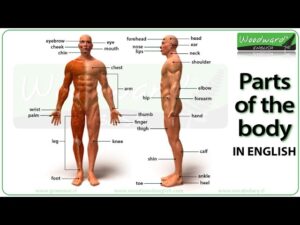
The Human Body Video – 3

Top 10 Resistance Band Exercises (You can do anywhere)
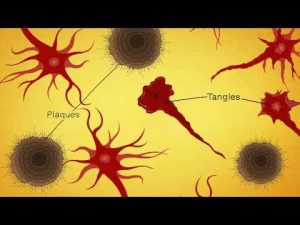
What Is Alzheimer’s Disease?
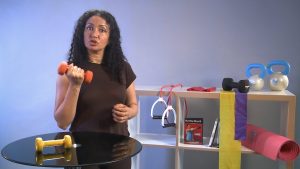
Fitness Definitions

Spa Treatments Video – 3
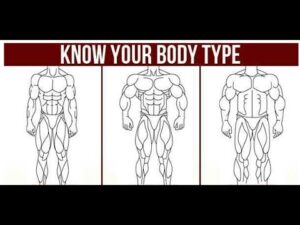
KNOW YOUR BODY TYPE
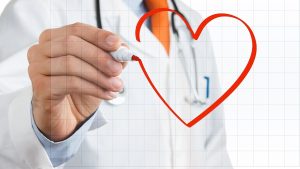
What Is Congenital Heart Disease? | Heart Disease

Human Body, Body Building Muscle Building Anatomy Physiology Video – 11
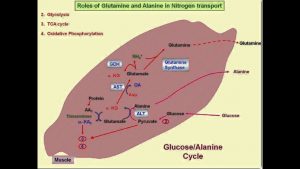
Nitrogen Cycle-Amino Acid Metabolism
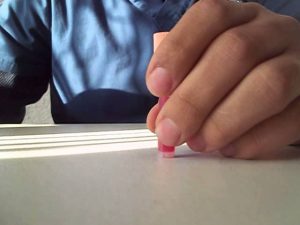
how to perform an ESR test
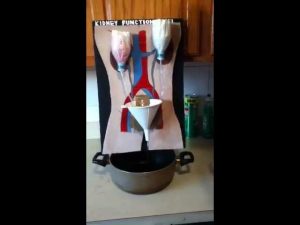
Kidney Function Model
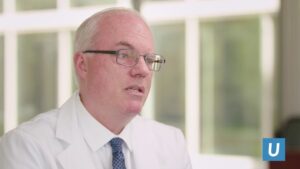
General Surgery Video – 1
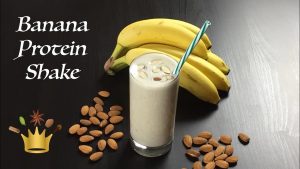
Banana Protein Shake / Pre or post workout smoothie

Powerful All Natural ANTIOXIDANT & HEALTHY JOINTS!
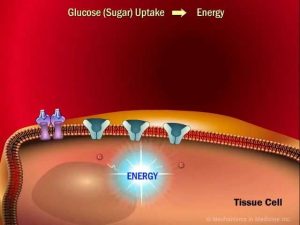
The Role of Insulin in the Human Body

Advantages Of Yoga Video – 2
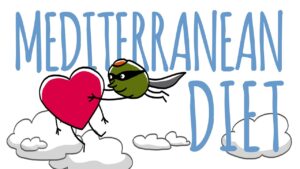
Nutrition For Diseases Video – 2
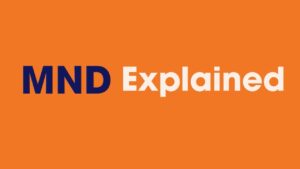
What is motor neurone disease (MND)?

Hyper Extensions

What does complete blood count mean?

Anatomy and Physiology of Metabolism Nutrition
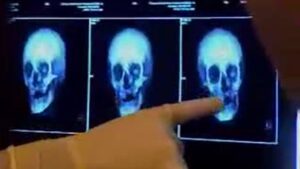
Plastic Surgery Video – 5
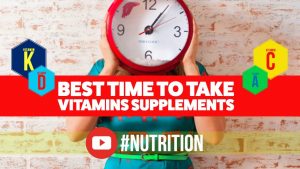
Best Time To Take Vitamins and Supplements

Spa Day Video – 2

BICEPS – DB Cross Body Hammer Curls
